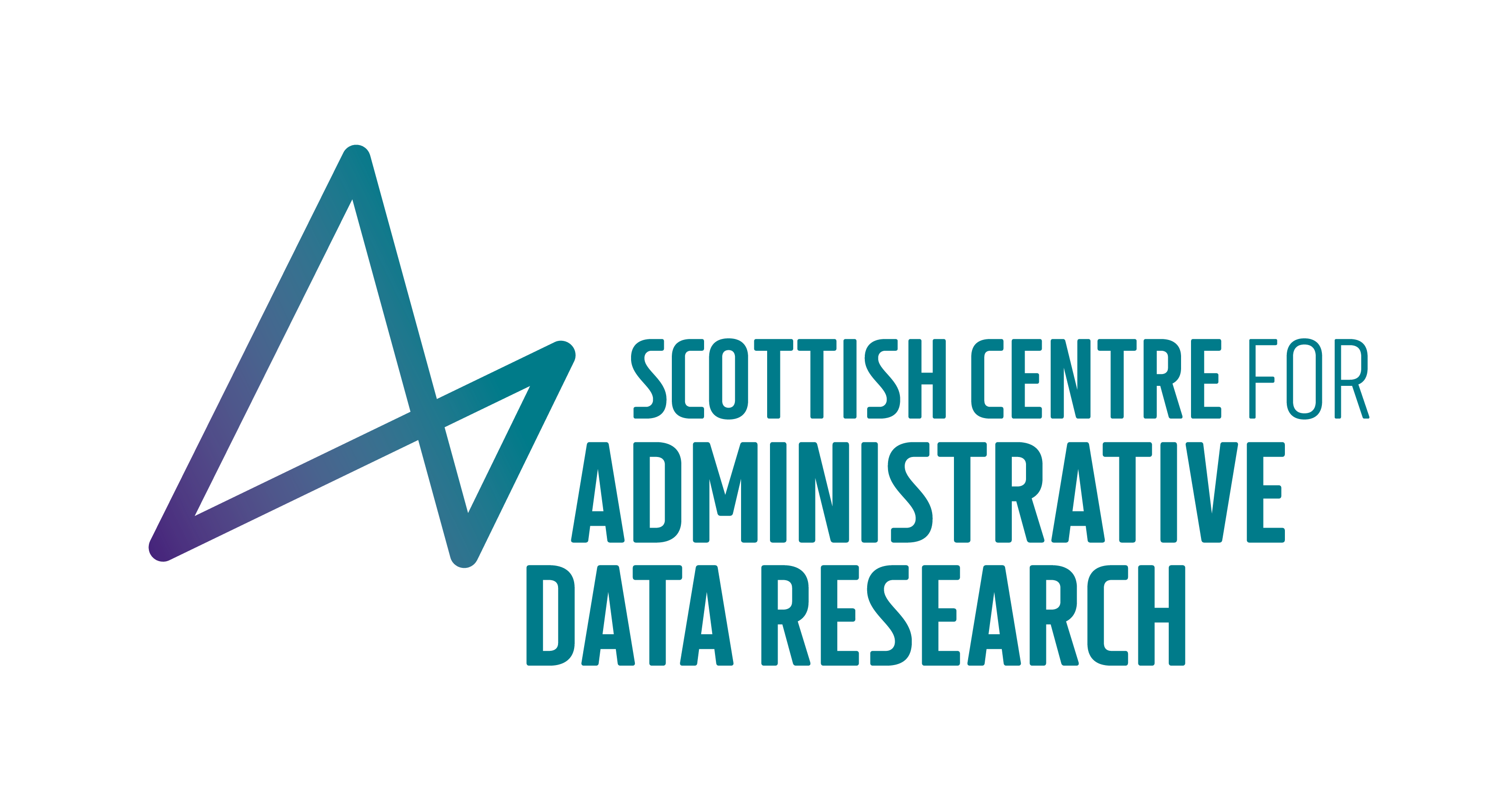UPDATE - Public Health Scotland receives funding to update CURL files
We are delighted to announce that ADR Scotland has provided funding1 to Public Health Scotland (PHS) to ensure that a new CHI-UPRN Residential Linkage (CURL) dataset will be created in 2023, and then updated every six months.
Introduction
The ability for researchers to be able to identify the number of people living in a specific building or place, is an important capability in research. During the Covid pandemic, Public Health Scotland (PHS) worked with the Improvement Service and others to create a one-off dataset in 2020, that successfully linked the Community Health Index (CHI) with the Unique Property Reference Number (UPRN). This one-off dataset (CHI-UPRN Residential Linkage: CURL) was built with researchers in mind and created a unique value that represents an address and has a Geospatial Component (which represents a point (X,Y) within the property).
Whilst there was an update in July 2021 to this CURL dataset (following a request by the Scottish Government's Data & Intelligence Network), there have been no further updates or developments. During the last 24 months, people will have moved houses and new properties will have been allocated UPRNs - hence why there is a need for funding to update the two products that will create the CURL dataset. They are:
- A refreshed version of the original CHI-UPRN Residential Linkage (CURL) dataset
- A new product that provides a linkage between a Community Health Index (CHI) number and the Unique Property Reference Number (UPRN) over time.
Importantly, use of the CURL dataset will continue to follow secure access agreements and be used only by projects that have been approved by the appropriate Public Privacy and Benefit Panel (PPBP). CHI is regularly used within medical data. The UPRN is not personal information, so does not identify an individual but will disclose a street address. Together the CHI-UPRN Residential Linkage (CURL) dataset will be used to identify the exact address of a building or can also be used to identify all those that live at an address.
Why does it not go back further than 2000?
PHS have only been keeping snapshots of the CHI master information (which includes the address someone lives at and the information that CURL uses to identify a UPRN) since around the year 2000.
Scale of records
The historic CHI information has identified around 27.7M CHI address records, of which 14.5M have already been processed in the original CURL product. Of the remaining 13.2M records, there are 7.3M distinct addresses (held within CHI) which the PHS will attempt to match to a UPRN.
What next?
PHS will deliver this functionality for CURL by October 2024 and are now working on the refresh of the existing CURL information and building the historic information product shown above.
Further information
Metadata describing the CURL products will be available and will be published on the ADR UK metadata catalogue (Type CHI-UPRN Residential Linkage (CURL) in the search).
Additionally, the following guide to CURL provides a good grounding in the dataset and how it can be used - A guide to CHI-UPRN Residential Linkage.pdf.
FOOTNOTE:
1 - ADR Scotland provided funding as part of our core grant funding from ESRC.
This article was published on 12 Jul 2023




